Botanical Watercolor Pastels: Just Add Water!
Let's Make Something!
~
Let's Make Something! ~
After the last post, you’re a veritable dry-blending expert – but now it’s time to add water and see the other side of this versatile medium. For the experiments in this section, you can play around with the color wheel or blending from your previous sheets, or create a new page just for watery experimentation.
Or – if you’re the type who’d rather just dive in – read on in this section and then simply apply these techniques to your first project.
When working with water, it’s helpful to have one to two jars of clean water that you’ll refresh regularly. Try reusing old plastic cups or jam jars for this – they don’t need to be fancy! It’s also helpful to have clean paper towels or napkins on hand for dabbing our paper and brushes.
As we go, we want our water to remain fairly clean to avoid muddying our canvas . Typically once it starts to look like a cup of milky tea, it’s time to empty the jar and refill. And yes, it’s safe to wash this water down your sink!
If you’ve used watercolors before, you might be familiar with the practice of wetting your paper before applying color – typically referred to as “Wet on Wet” or “Wet on Dry,” depending on whether the pigments have been moistened as well. This is an effect that we can recreate with our oil pastels, with a bit of preparation.
In an upper corner of the artwork – or on a separate page or palette (even a bit of cardboard can work well) – we’ll apply a small amount of our pigment by rubbing the pastel in small circles. With that small circle of color, we’ve created a bit of softly-ground pigment that we can dip our brush in – just as we would with a watercolor palette! In fact, you can create a full palette, with multiple circles of color, or even blend together colors to create your own custom watercolor palette.
With our palette made, we can try those two techniques.
Wet on Wet
Dip your brush in clean water and let it absorb fully. Wet a small section of the watercolor paper with clean water. Then take your brush and return it to the water, and move it to the circle of pastel that you made on your “palette.” Mix the wet brush with the paint, then dab the loaded brush onto the wet paper to see the effect. This is great for applying soft washes of color, as well as achieving that classic watercolor look.
Smooth color blending with the “Wet on Wet” technique
Dry on Wet
This time, we’ll skip the step where we wet our paper. Instead, we’ll wet our brush fully, and mix that dampened brush into the circle of pastel, swirling it around. Once our brush is loaded with damp color, we’ll apply it onto the dry paper. You’ll see immediately how different this looks – much more saturated color, with brush lines that are more clean and distinct. Try experimenting with different levels of brush saturation – if it’s just barely damp, you’ll get very clear lines; if it’s wetter, you’ll start to approach the same effect that we achieved with the “Wet-on-Wet” technique.
Higher saturation, clearer brushstrokes with the “Dry on Wet” technique
You can easily create a painting using the watercolor-inspired techniques listed above; however, part of the fun with our oil pastels is that we can sketch out our designs with them fully before applying a drop of water.
When we’re applying the pastels directly to paper, you’ll find the greatest success by initially applying the crayons onto dry paper. This will prevent unwanted color bleed, and will give you a chance to build up shapes and use the dry-blending techniques we covered in the previous section.
After you’ve set down a first layer of pastel, you can try using the “Wet on Dry” technique to blend, soften, or mix colors together. Let the paper dry for a bit before applying more pastels – if it’s fully wet, you’ll notice that the pastels barely stick to the paper at all! Especially for applying white highlights or details to a finished design, we’d recommend that you wait until the paper is fully dry (or “bone dry”) before adding on additional color. That’s the best way to saturate the color fully, and with the most control.
Keep experimenting with these methods & the methods learned in the previous section until you begin to feel comfortable with the movement of the oil pastels on the page. That’ll set you up nicely for future projects, and the next section - sketching and designing!
And of course, if you can’t wait to get crafting, check out our kit here! It contains everything you need to get started.


